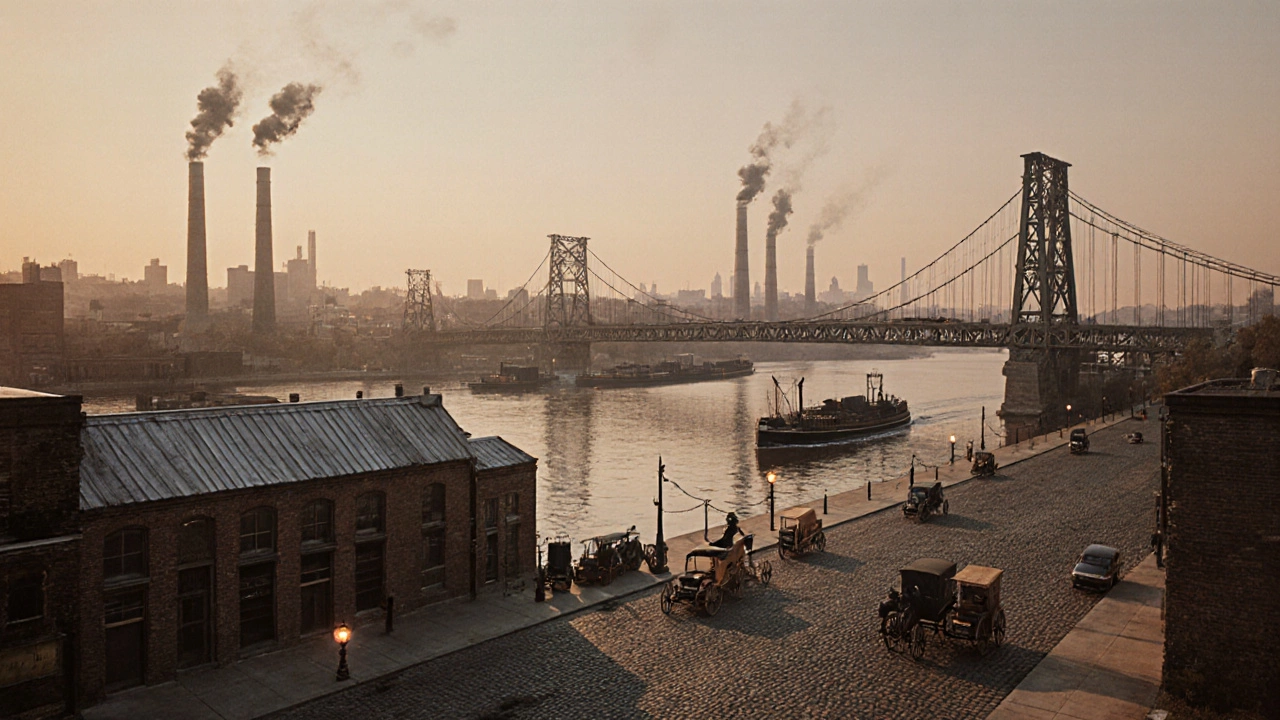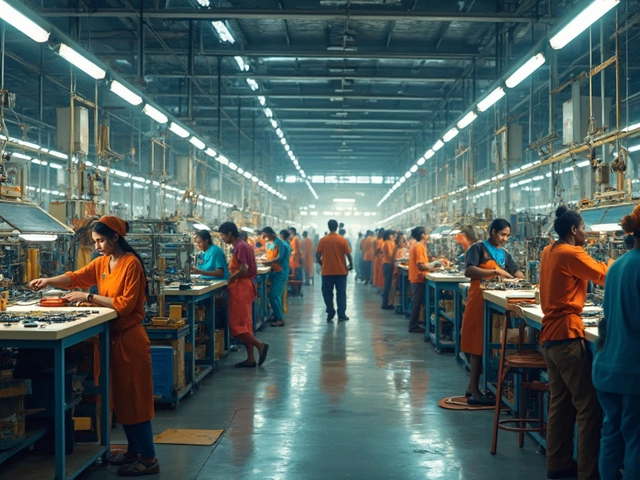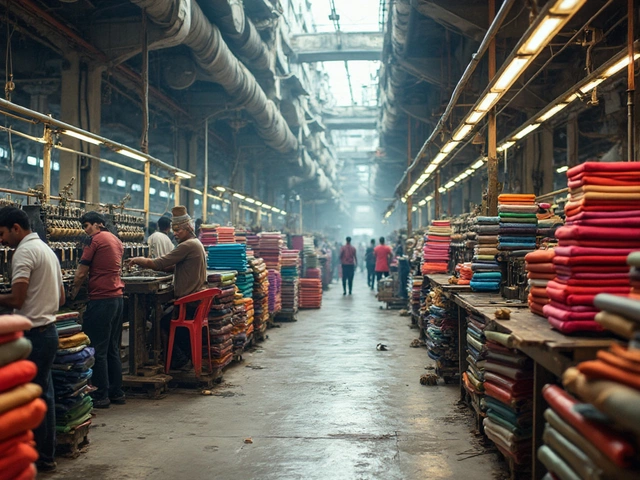Pittsburgh Steel Industry Timeline
Key Facts About Pittsburgh's Steel Legacy
- Founded in 1758 by French traders
- Became major steel producer by 1870s
- Produced over 20% of US steel by 1900
- Home to Carnegie Steel Company
- Nicknamed "Steel City" since 1880s
How Steel Shaped Pittsburgh
The steel industry transformed Pittsburgh from a small frontier town into a major industrial center, attracting millions of immigrants and creating a unique cultural identity.
Major Milestones in Pittsburgh's Steel History
1758 - Founding of Pittsburgh
French traders established Fort Duquesne at the confluence of three rivers.
1840s - Rise of Steel Production
Iron ore and coal deposits made Pittsburgh ideal for steel production.
1870s - Carnegie's Influence
Andrew Carnegie revolutionized steel production with new technologies.
1900 - Peak Production
Pittsburgh produced over 20% of America's steel during this period.
1950s - Decline Begins
Competition from foreign steel plants led to job losses.
1980s - Economic Transformation
City diversified away from heavy industry toward services and technology.
When you hear the phrase “steel capital of the United States,” most Americans picture a city of smokestacks, river barges, and a gritty industrial legacy. That city is Pittsburgh, a mid‑size city in western Pennsylvania famously dubbed “The Steel City” because of its pivotal role in the nation’s steel boom. This article unpacks why Pittsburgh earned that nickname, how the steel industry shaped its streets, and what the city looks like today after three centuries of change.










